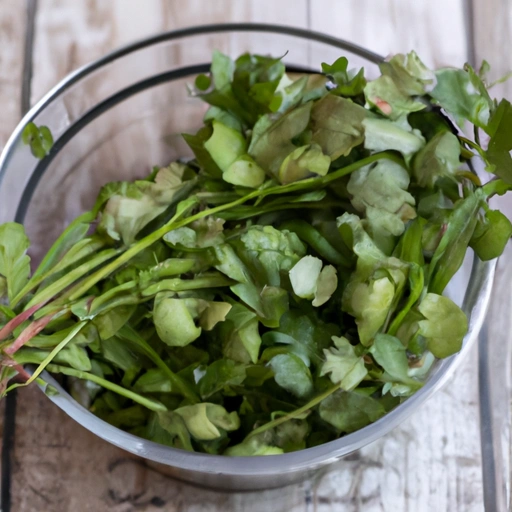Coriander
Description

Coriander, also known as cilantro or Chinese parsley, is a widely used herb and spice that brings fresh, citrusy flavor to dishes around the globe. In its leafy form, it is often referred to as cilantro, particularly in the Americas, while its dried seeds are known as coriander in European and Asian cuisine. This versatile ingredient is essential in a variety of culinary traditions and is celebrated for its unique taste and aroma.
Common uses
Coriander is commonly used in its fresh leaf form as a garnish or integrated into dishes for its bright flavor. The seeds are typically ground or used whole, imparting a warm, nutty, and slightly citrusy taste that complements both sweet and savory recipes.
Nutritional value
Calories
Coriander leaves contain approximately 23 calories per 100 grams (3.5 oz), while coriander seeds provide about 298 calories per 100 grams (3.5 oz).
Protein
Coriander leaves offer 2.13 grams of protein per 100 grams (3.5 oz), and coriander seeds contain 12.37 grams per 100 grams (3.5 oz).
Fat
There is minimal fat in coriander leaves, with 0.52 grams per 100 grams (3.5 oz), while seeds have 17.77 grams per 100 grams (3.5 oz).
Carbohydrates
Coriander leaves contain about 3.67 grams of carbohydrates per 100 grams (3.5 oz), whereas seeds have 54.99 grams per 100 grams (3.5 oz).
Vitamins
Coriander is rich in vitamins, particularly vitamin A, C, and K, with fresh leaves providing a significant amount of these nutrients.
Minerals
Coriander seeds are a good source of minerals like iron, magnesium, and calcium, while the leaves are also rich in potassium.
Health benefits
Coriander is known for its digestive, anti-inflammatory, and blood-sugar-lowering effects. It is also thought to have antimicrobial properties and may aid in cholesterol management.
Potential risks
While generally safe for consumption, some individuals may experience allergic reactions to coriander. Overconsumption of coriander seeds may also lead to increased sensitivity to the sun.
Common recipes
Coriander is used in a variety of recipes including curries, salsas, soups, and salads. It is a key ingredient in many spice blends such as garam masala and taco seasoning.
Cooking methods
The leaves are often used fresh, while the seeds can be toasted or ground to release their full flavor.
Pairing with other ingredients
Coriander pairs well with meats, lentils, beans, and vegetables. It complements flavors like lime, coconut, ginger, and garlic.
Summary
Coriander is an aromatic herb with a rich history and a broad spectrum of culinary applications. Its nutritional benefits and distinctive taste make it a beloved addition to both traditional and modern dishes alike.